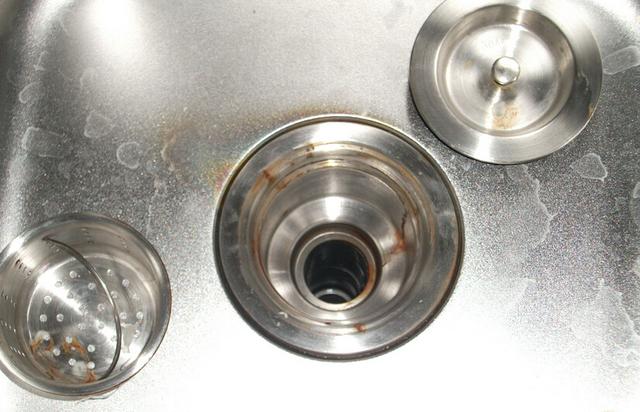Views: 0 Author: Site Editor Publish Time: 2025-04-24 Origin: Site











Stainless steel resists corrosion thanks to a self-healing chromium oxide layer that forms when the metal is exposed to oxygen. However, if this layer is damaged—by chemicals, scratches, or contamination—rust can appear. While this doesn’t mean the material has failed, it does require proper care to restore its appearance and performance.
To protect stainless steel and maintain its corrosion resistance:
Use mild soap and warm water for daily cleaning.
Avoid harsh chemicals, especially those containing chlorides (e.g., bleach).
Never use steel wool or abrasive brushes that can leave carbon steel particles behind.
Wipe dry after cleaning to avoid standing moisture.
Apply a stainless steel polish periodically to help reinforce the surface.
Regular cleaning actually helps the chromium oxide layer regenerate, maintaining long-term protection.
If rust has formed, use one of the following methods, depending on severity:
Mix baking soda with water to create a gentle abrasive paste.
Apply with a soft cloth, rubbing in the direction of the grain.
Rinse thoroughly with clean water.
Dry with a microfiber towel.

Use commercial cleaners like Bar Keepers Friend Soft Cleanser (grit-free version).
Apply with a damp sponge, following the grain.
Rinse and dry completely.
Finish with a stainless steel polish if needed.
We recommend using a non-abrasive stainless steel cleaner formulated to restore shine and remove oxidation without scratching the surface. Always follow the manufacturer’s instructions and avoid powder-based or gritty formulas unless confirmed safe for stainless steel.
After cleaning, always rinse and dry surfaces thoroughly.
Keep stainless steel out of contact with saltwater, acidic foods, or carbon steel tools.
In high-humidity environments, improve ventilation or use dehumidifiers near appliances or steel fixtures.
Reapply protective polish as needed, especially in outdoor or marine environments.
Rust on stainless steel is often preventable and almost always treatable. With the right cleaning products, techniques, and regular care, you can keep your stainless steel surfaces rust-free and looking like new for years to come.

Related questions and answers
Can stainless steel rust from the inside or is rust purely a surface issue?
While stainless steel rust is most commonly a surface phenomenon caused by damage to the chromium oxide layer, internal corrosion can occur in rare cases. This typically happens in environments where chloride ions penetrate weld seams or microscopic cracks, such as in marine or chemical processing settings. Proper alloy selection, welding techniques, and passivation treatments are crucial in preventing internal corrosion in demanding applications.
Is it effective or safe to use natural acids like vinegar or lemon juice to remove rust?
Mild acids such as white vinegar or lemon juice can be effective in breaking down surface rust on stainless steel. However, they should be used with caution: prolonged exposure can etch the surface or weaken the protective passive layer. Always rinse thoroughly with water and dry the surface completely. Follow-up polishing or passivation is recommended to restore the steel's corrosion resistance.
After removing rust, will the stainless steel be permanently protected?
Rust removal itself does not provide lasting protection. Once the oxide layer is compromised, stainless steel becomes more vulnerable to repeated rusting—especially if exposed to moisture, salt, or iron particles. To ensure long-term protection, it's essential to clean, dry, and apply a passivation agent or protective polish after rust removal. Regular maintenance helps re-establish the passive film and prevent recurrence.
Why do some stainless steel items rust faster than others in the same environment?
The rust rate can vary significantly depending on the stainless steel grade, surface finish, and exposure conditions. Low-nickel or ferritic grades (like 430) are more susceptible than high-nickel austenitic grades (like 304 or 316). Rough or unpolished surfaces also trap moisture and contaminants more easily, accelerating rust formation. Environmental factors like salt air or cleaning chemical residues play a key role as well.
How does stainless steel grade influence rust resistance in practical use?
Different stainless steel grades offer varying levels of corrosion resistance based on their alloy composition. For example, 304 stainless is highly resistant to rust in most indoor applications, while 316 stainless—containing molybdenum—offers superior resistance in marine or chemical environments. On the other hand, 201 or 430 grades are more cost-effective but tend to show surface rust sooner, making them less ideal for high-moisture settings.






